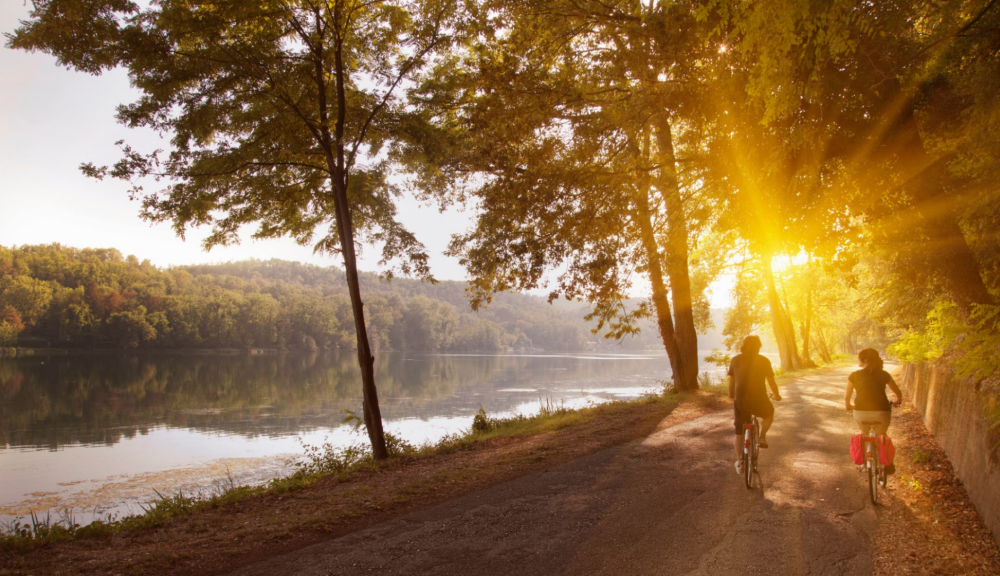
What's our current situation?
The public water supply
Here in the North, we have the most drought-resilient public water supply in England today.
Why is this? Well, it's partly thanks to geography! In the west of our region, we have the Pennines and the Cheviots.
These hills see an average annual rainfall of around 1000mm and in some places, it can be as much as 1500mm. Our famous Kielder Reservoir, the largest man-made lake, helps supply our network. The Pennine areas are also perfect for building reservoirs, to capture and store rainfall for later use.
Yet, some parts of our region, such as along the Northumberland coast and the lower-lying areas of east and south Yorkshire, are among the driest areas in the country.
So, even though it seems us Northerners see more than our fair share of rain, it isn't actually the case. Our public water supply resilience relies on a highly integrated network that both of our major water companies – Yorkshire Water and Northumbrian Water – operate.
Did you know?
98.3% of public water supply customers are in one of two "resource zones" - Yorkshire Water’s Grid surface water resource zone or Northumbrian Water’s Kielder zone. Our supply networks mean we can move water from those zones to different parts of our region, so all our communities have the supply they need.
As for the other 1.7% of customers, they're in one of three smaller resource zones – Hartlepool Water, Yorkshire Water’s East surface water zone, or Northumbrian Water’s Berwick zone.
These zones aren't connected to the broader regional network, but they're highly resilient to drought. All three zones have a public water supply that provides more than enough for those communities, even in drier years.
Where will we be by 2050?
The Water Resources National Framework (WRNF) has an ambition that by 2050, no water resource zone in England should have a risk of Level 4 drought restrictions (rota cuts) that is worse than once every 1 in 500 years on average.
Thanks to the resiliency, geography, and rainfall in our regions, we believe all of the water resource zones in Water Resources North already meet this target level of service.
But we won't stop there.
The work carried out for the WRNF reinforces what we already know: climate change is a risk to our future water resources resilience if we don't continue to take action, to protect and enhance what we already have.
Other risks include population growth and flooding. As the population increases, so does the demand for water. As the climate changes, so do our flood risks. We've also got to continue to learn as much as we can about our regional resilience to the different types and durations of drought.


